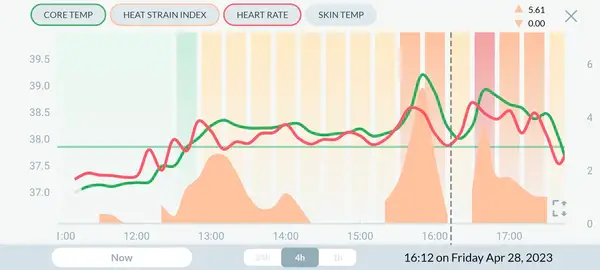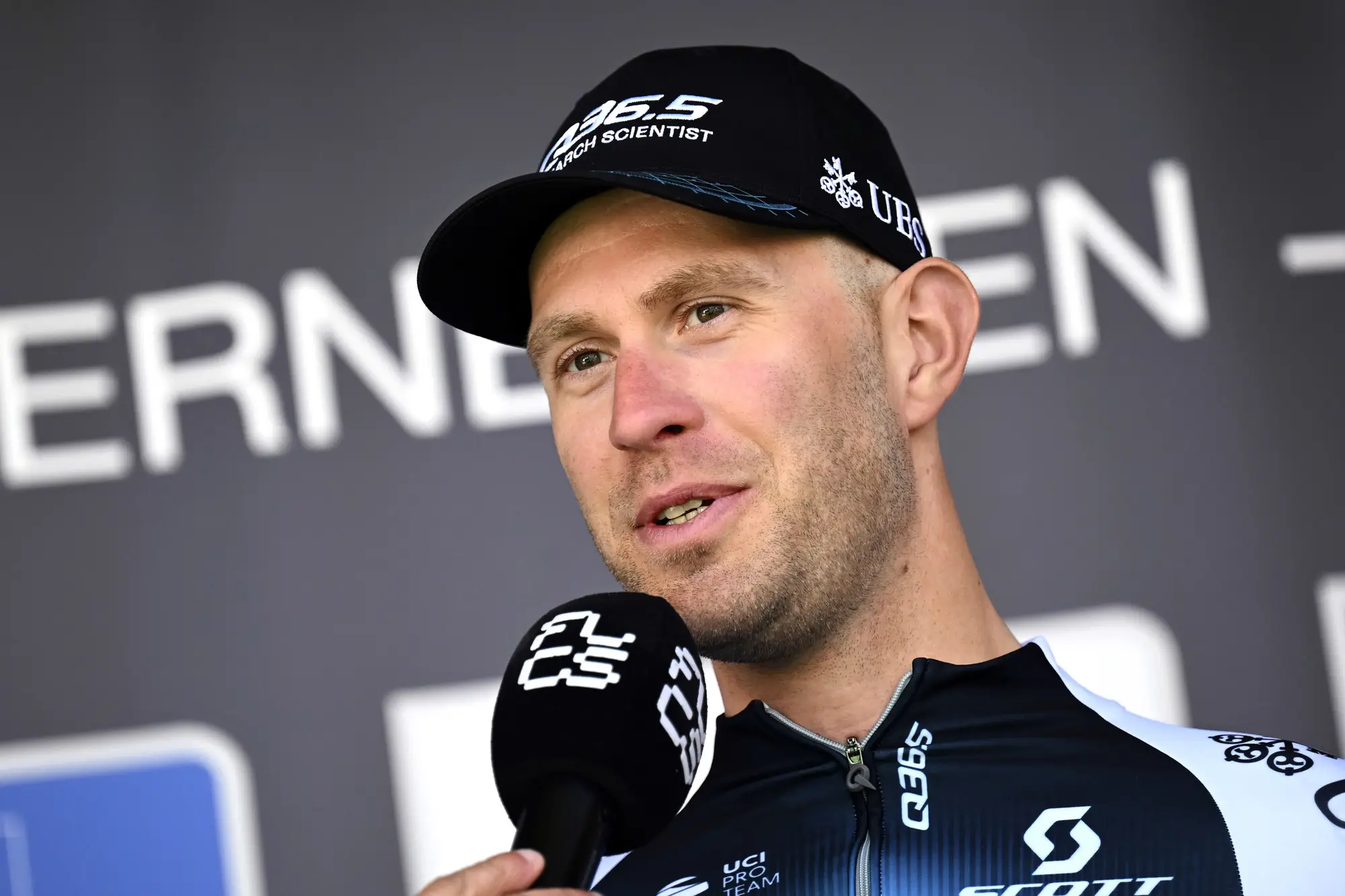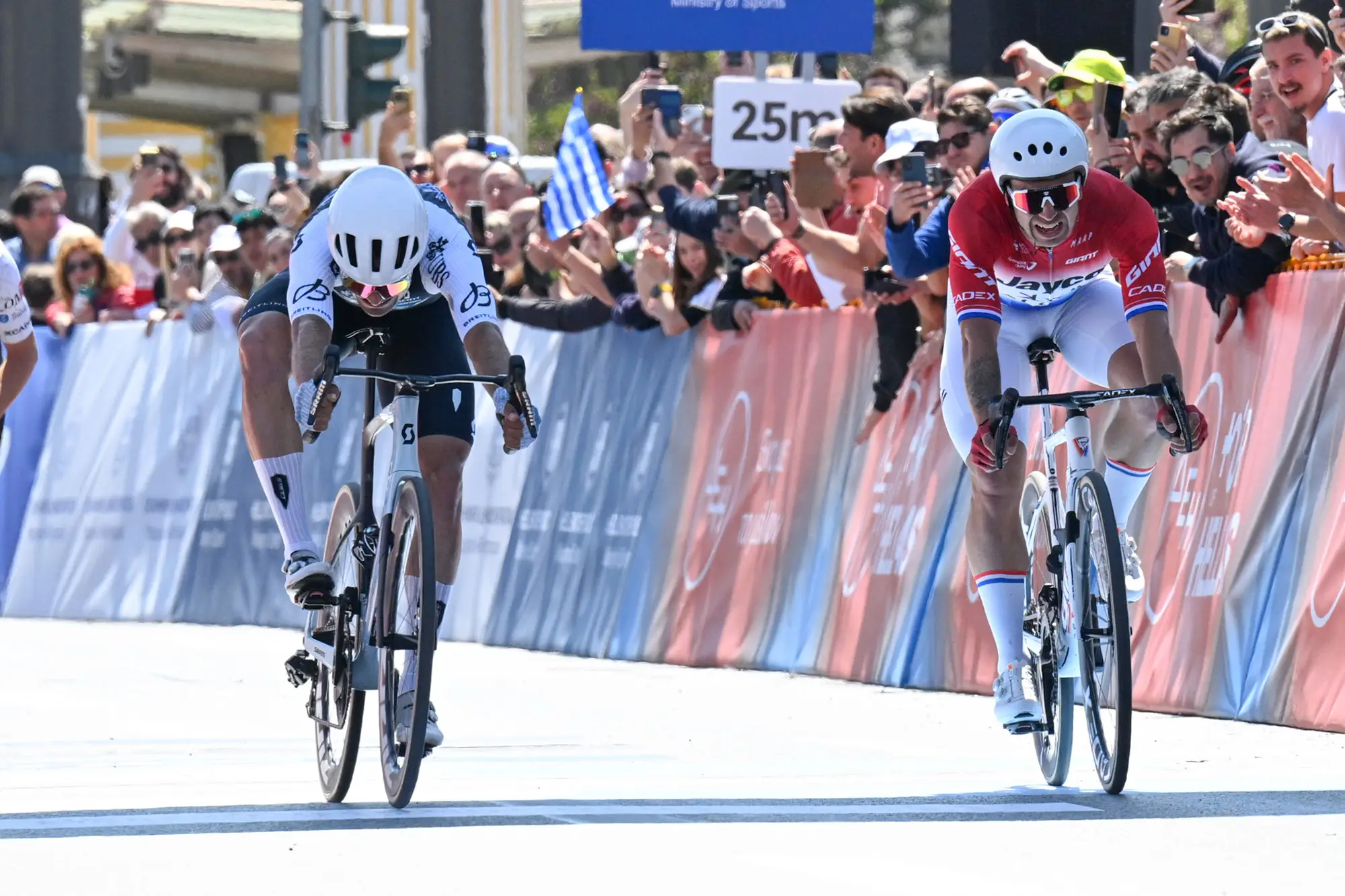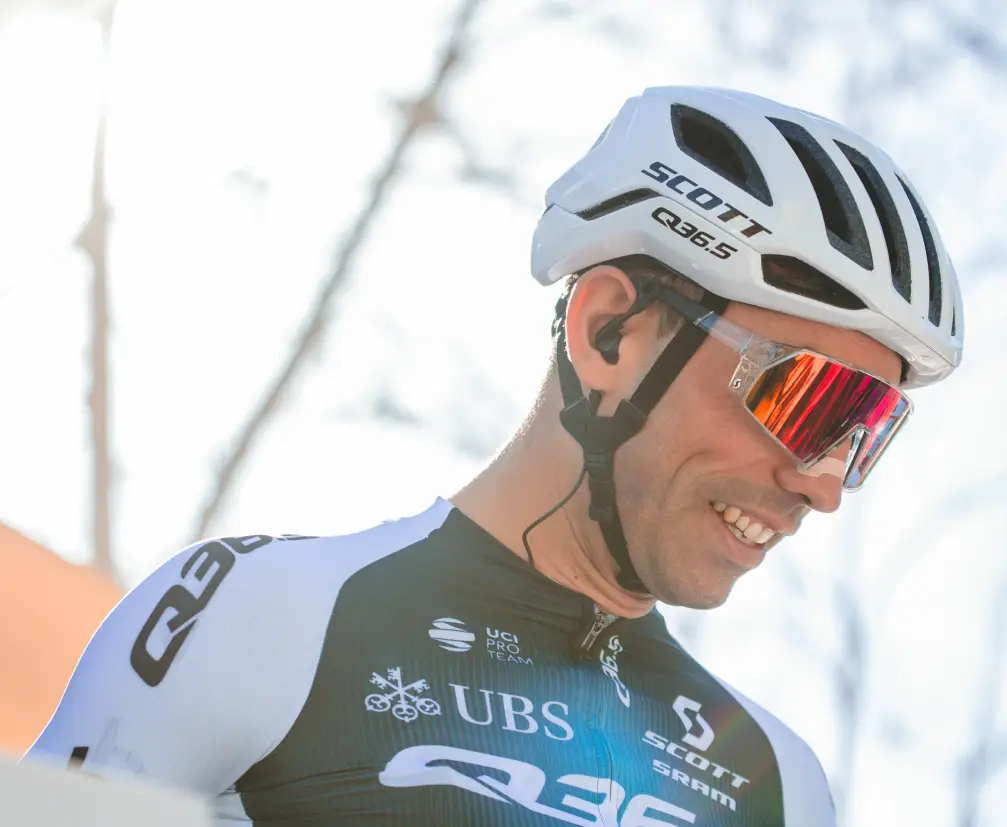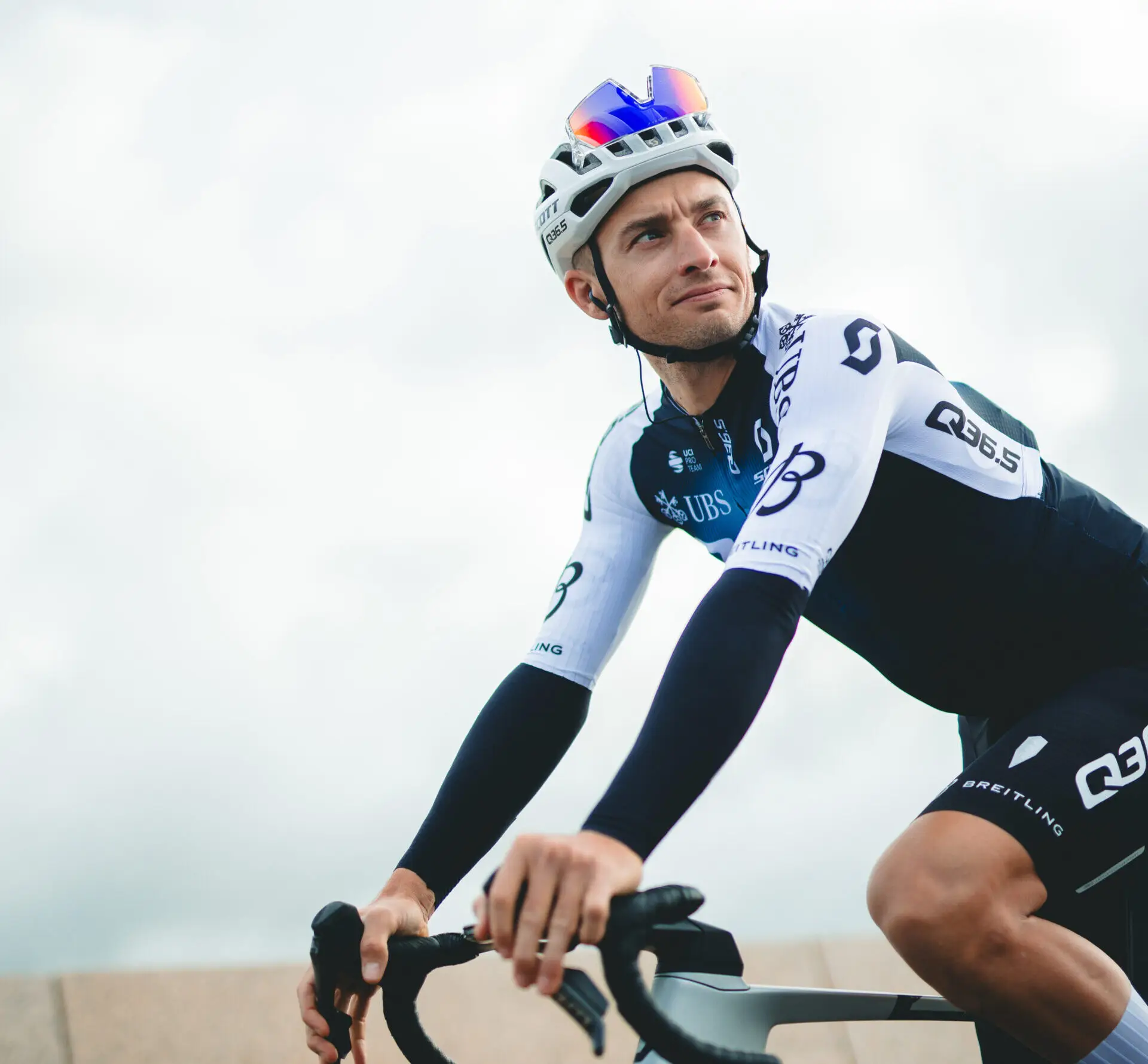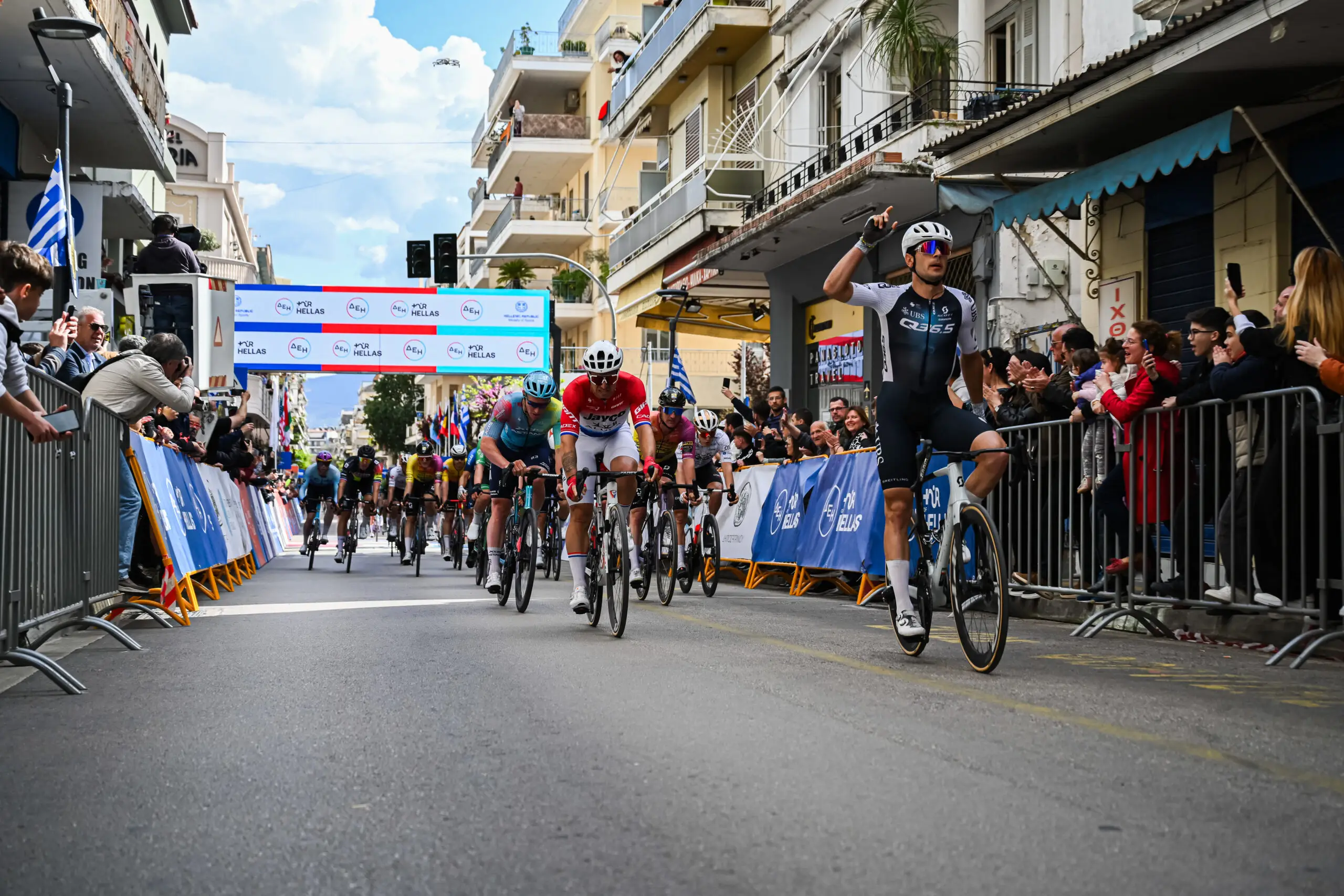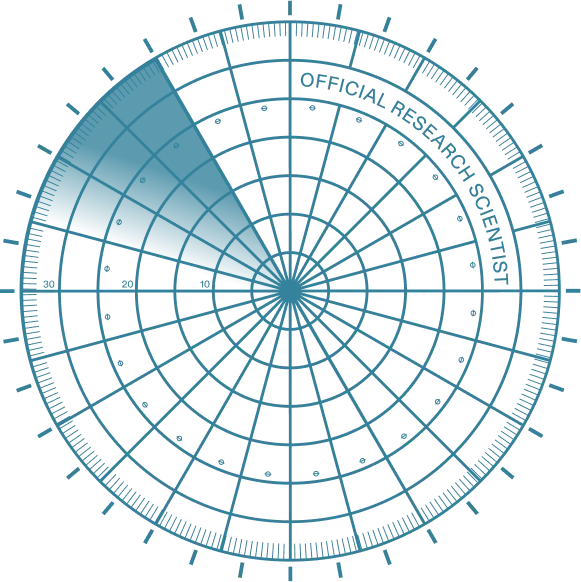LATEST NEWS
How to do heat training as a pro cyclist
We take an in-depth look at how our neo-pro Marcel Camprubì incorporated heat training using CORE to prepare for the heat load he experienced during the 2023 Vuelta a Asturias.
30 June 2022
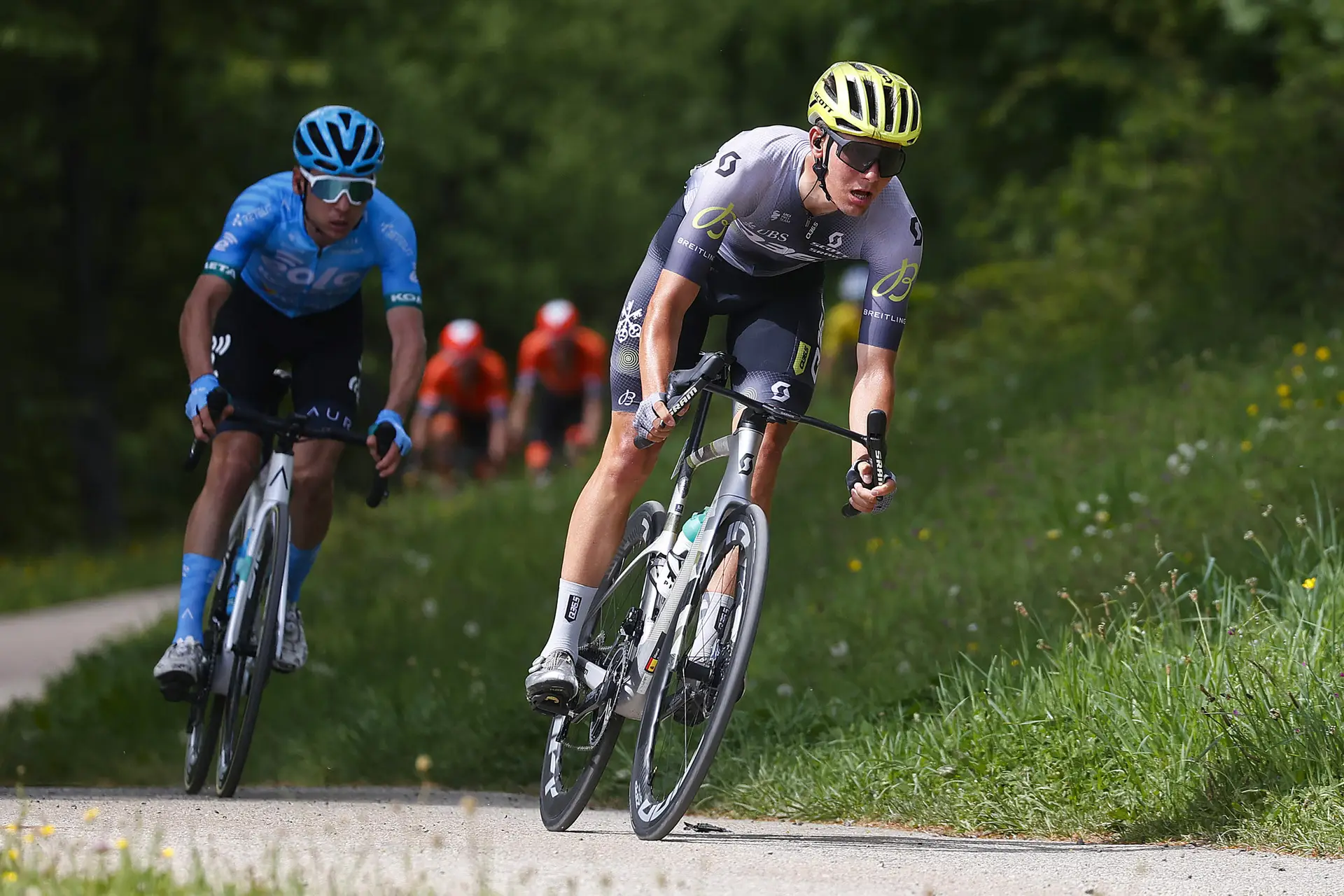
Neo-pro Marcel Camprubì created a simple and effective homemade ‘environmental chamber’ to incorporate heat training into his indoor workouts. In short he set up his trainer in the bathroom, surrounded it with shower curtains, and turned on the shower to create a hot, humid environment.
Camprubì did six days of heat training in the 11 days leading up to the Spanish stage-race Vuelta a Asturias. On the two days shown here, he first rode outdoors for 4–6 hours, and then switched to his indoor setup for 45–60 minutes of focused heat training. During each day, he collected 55–68 minutes of time in his heat training zone; most of that occurred during the indoor riding.
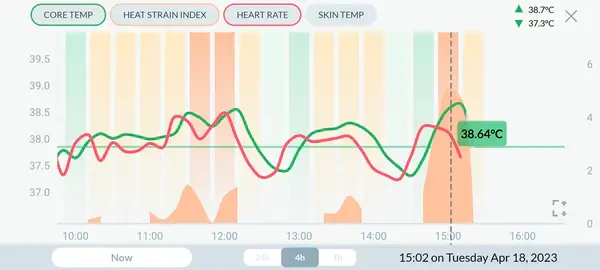
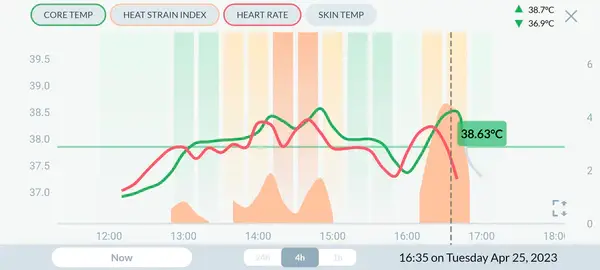
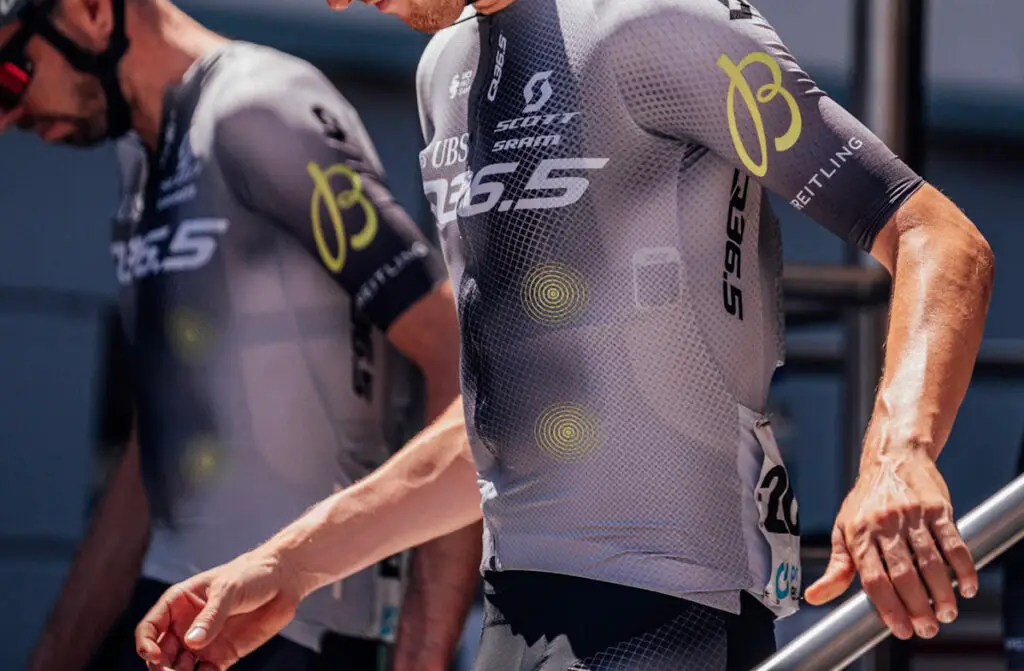
Simulating race conditions
The Heat Strain Index (shaded orange) reached 5 during Camprubì’s indoor sessions. This was caused not just by an elevated core temperature, but also by an elevated skin temperature (a result of the humid bathroom).
Most of the important physiological adaptions occur simply from raising the core temperature into the heat training zone for adequate durations. However, also creating the elevated skin temperatures that will occur during racing provides additional adaption. A Heat Strain Index value of 5 is uncomfortable for most people. Preparing the mind and the body for those conditions is important.
During his longer heat training days, Camprubì accumulated Heat Strain Scores of 600–900. While the significance of these values is not yet well understood, we believe it is important to have training days with Heat Stress Scores similar to those expected on race day.
Great race performance
The chart on the right shows stage 1 of the 3-day Vuelta a Asturias. Camprubì spent nearly two hours of the 4:40 hour race with a core temperature in or above his heat training zone. The core temperature changes coincide with climbs and descents. Note that the Heat Strain Index was generally low but peaked over 5 on a long climb. The other two stages saw similar core temp and Heat Strain Index values.
During stage 1, Camprubì’s total Heat Strain Score was 1173 (the following days were 736 and 887). Note that he had experienced similar values during his heat training days.
Camprubi felt like his heat training worked very well and that he performed as never before. On the last day he was with the leading group the entire stage, finishing just 34 seconds behind the winner and banking his best 10 and 20-minute performances of 2023 (430 and 395 watts). For the entire race, he finished 27th in the general classification and 6th in the young riders classification.
